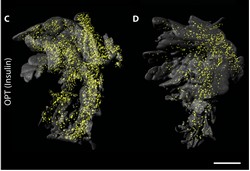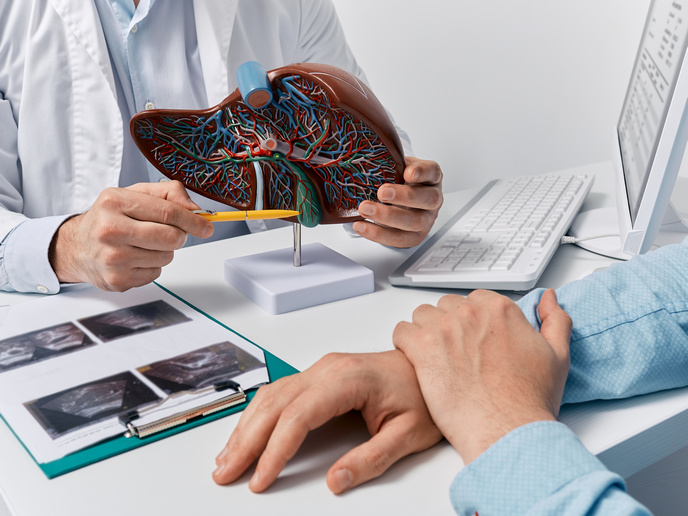Diabetes – Images at molecular level
Currently, there are over 380 million diabetes sufferers worldwide and the World Health Organisation predicts an 80 % increase in diabetes-related deaths in the near future. The healthcare cost of diabetes treatment ranges from 2.5-15 % of the national annual healthcare budgets, emphasising the medical challenge it represents. Undoubtedly, we need to improve our understanding of diabetes pathophysiology and develop better tools for prediction and diagnosis. The EU-funded BETATRAIN(opens in new window) (European training network for excellence in molecular imaging in diabetes) project wished to address this issue by validating cutting-edge complementary imaging technologies. Scientists successfully demonstrated that it is possible to image beta cells in vivo and in vitro by targeting the glucagon-like peptide-1 (GLP-1) via positron emission tomography (PET) and single photon emission computed tomography (SPECT). In addition, they developed novel contrast agents for MRI and antibodies for fluorescent microscopy. The PET and SPECT modalities were validated in islet transplantation models and provided information on beta cell mass and beta cell function. At the same time, the utilised ligands served as promising diabetes biomarkers for beta cell imaging. BETATRAIN also trained young scientists with the aim of creating interdisciplinary expertise in the fields of diabetes and molecular imaging. European experts from different FP7 projects (BETAIMAGE, ENCITE, VIBRANT, IMIDIA, MADEIRA) focused on imaging and diabetes provided the requisite research and skills training within the network. SAFEGUARD activities have important implications for healthcare and patient safety, not only in Europe but also worldwide. Project data is published and made available to the European Medicines Agency to be used for regulatory decision-making.







